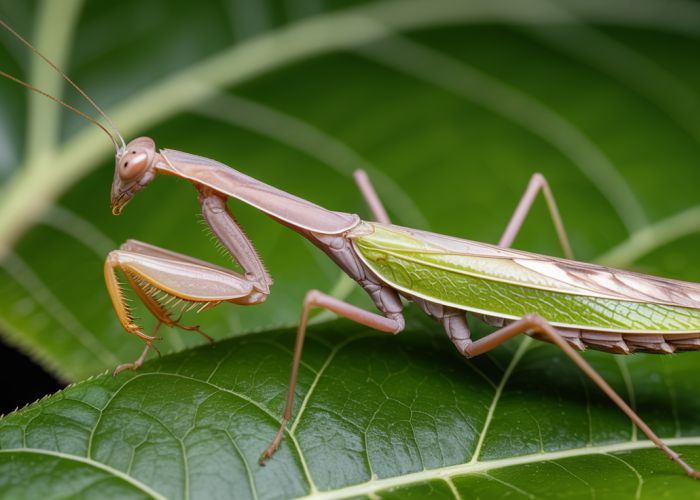Differentiating the sexes in the insect world can often be a challenge, and understanding praying mantis gender is no exception. The size difference, a key attribute, often distinguishes the female from the male, especially noticeable in species like the Carolina Mantis. While observation alone might suffice for experienced entomologists, a closer look at abdominal segments proves a more reliable method for those keen on determining praying mantis gender.

Unveiling the Secrets: A Simple Guide to Identifying Praying Mantis Gender
Understanding the differences between male and female praying mantises can be fascinating! This guide aims to provide you with easy-to-follow steps for identifying praying mantis gender, allowing you to appreciate these incredible creatures even more. We’ll focus on accessible visual cues, making the process straightforward and enjoyable.
Decoding Abdominal Segments: The Counting Method
The most reliable method for discerning praying mantis gender involves counting the number of segments on their abdomen. This is a primary physical difference and, with a bit of patience, relatively easy to observe.
What are Abdominal Segments?
Think of the abdomen as the lower part of the praying mantis’s body, located after the thorax (the section where the legs are attached). This abdomen is divided into sections, clearly visible as plates or bands. These are the abdominal segments we’ll be counting.
Counting Segments: A Step-by-Step Approach
- Gentle Observation: Start by observing the praying mantis carefully. Avoid handling them excessively, as this can cause stress.
- Locate the Abdomen: Identify the abdomen on the insect.
- Count the Segments: Gently count the number of segments present. Use a magnifying glass if needed for a clearer view.
Gender Based on Segment Count:
- Females: Typically have six abdominal segments.
- Males: Usually have eight abdominal segments.
This difference is a consistent indicator, making it a reliable method for determining the praying mantis gender.
Antennae Length: A Secondary Indicator
While abdominal segment count offers the most definitive answer, antennae length can sometimes provide a secondary clue, although it’s not always reliable across all species.
Male Antennae: Longer and Bushier
Male praying mantises often possess antennae that appear longer and potentially bushier than those of females. This heightened sensitivity assists them in locating females for mating.
Female Antennae: Shorter and More Slender
Female praying mantises typically have shorter and more slender antennae.
Important Note: This difference is less pronounced than the segment count and can be more difficult to discern without experience or comparing multiple specimens of the same species. Treat it as a supporting observation, not a primary identification method.
Body Size and Shape: General Guidelines
While not a definitive marker, body size and overall shape can offer hints, particularly in some species.
Female Praying Mantises: Larger and More Robust
Female praying mantises are generally larger and more robust than their male counterparts. This is due to their need to produce eggs, requiring more energy and resources. They also have a slightly thicker abdomen, especially after mating.
Male Praying Mantises: Smaller and More Slender
Male praying mantises tend to be smaller and more slender. Their focus is more on mobility and finding a mate.
Caveat: Size differences are not always immediately apparent and vary significantly between different praying mantis species. It’s best used in conjunction with other methods.
Summarizing the Key Indicators in a Table:
To make identification easier, here’s a summary table:
| Feature | Male Praying Mantis | Female Praying Mantis | Reliability |
|---|---|---|---|
| Abdominal Segments | Eight | Six | High |
| Antennae | Longer, Potentially Bushier | Shorter, More Slender | Medium |
| Body Size | Smaller, More Slender | Larger, More Robust | Low to Medium |
By carefully observing these characteristics, you can confidently identify the gender of praying mantises you encounter.
So, there you have it! Identifying praying mantis gender doesn’t have to be a mystery. Hopefully, these tips help you out next time you spot one of these cool creatures!